Understanding Rechargeable Battery Cell Technology
Known in technical parlance as secondary batteries, rechargeable battery cell technology refers to batteries capable of being recharged once depleted. These cells, unlike their disposable counterparts, are engineered for repeated use, playing a pivotal role in the transition to sustainable and cost-efficient energy storage solutions. They find utility across a broad spectrum, powering everything from handheld gadgets to electric vehicles, and addressing the energy needs of both individuals and enterprises.
The workings of rechargeable battery cell technology hinge on reversible electrochemical reactions. In operation, the battery discharges as chemical compounds transition between electrodes, releasing energy. Recharging inverts this process, restoring the compounds to their initial state. Lithium-ion (Li-ion) and lead-acid batteries dominate the rechargeable market, powering a diverse array of products from mobile phones to automobiles.
Chargers are indispensable for harnessing rechargeable battery cells, supplying the electrical energy to invert the discharge process and replenish the battery's energy reserves. Designed with efficiency, safety, and user convenience in mind, contemporary rechargeable battery cells boast the ability to endure hundreds, if not thousands, of charging cycles, offering a cost-effective energy solution for consumers and businesses alike.
Varieties of Rechargeable Battery Cell Technology
Different types of rechargeable battery cells cater to varied requirements and uses. Lithium-ion (Li-ion) cells are prevalent in consumer electronics such as smartphones, laptops, and power tools, prized for their high energy density that enables prolonged power in a compact form. Lead-acid cells, on the other hand, are integral to automotive applications, including electric and hybrid vehicles, as well as electric grid storage systems, providing dependable power.
AGM (Absorbent Glass Mat) cells are the go-to for deep cycle needs, such as in golf carts, electric wheelchairs, and solar energy storage, featuring a valve-regulated design for maintenance-free operation in enclosed spaces. Meanwhile, NiMH (Nickel Metal Hydride) cells are embraced for their eco-friendliness and cost efficiency, commonly used in electric vehicles and portable electronics where rapid charging and high capacity retention are advantageous.
Selecting Rechargeable Battery Cell Technology
In choosing rechargeable battery cells for commercial use, it's crucial to weigh factors like application-specific requirements, safety features, and performance attributes. For high energy density and longevity, as needed in electric vehicles or large-scale storage, lithium-ion (Li-ion) cells are beneficial. Conversely, for compact consumer electronics, prismatic or cylindrical Li-ion cells may be preferable for their small footprint and adaptability.
Emphasizing safety is also vital; opting for cells with integrated protection circuits can reduce risks linked to overcharging or excessive heat. Performance aspects such as discharge rates and cycle life are equally important, particularly for power tools or electric bicycles. Additionally, the operational environment's thermal conditions must be considered, as some technologies provide varying degrees of thermal stability. Lastly, a thorough understanding of the global supply chain is key to sourcing quality cells that align with your business's standards for dependability and efficacy.
Rechargeable Battery Cell Technology on Alibaba.com
Alibaba.com emerges as a premier marketplace for businesses in search of dependable and efficient power solutions, offering an extensive selection of rechargeable battery cell technologies. From lithium-ion to lead-acid batteries suited for diverse applications such as electric vehicles or energy storage systems, Alibaba.com serves a global clientele with varied business needs.
The platform's vast network of suppliers ensures that businesses can locate the precise battery cell type they need, while benefiting from competitive wholesale prices. Alibaba.com streamlines international commerce with tools for seamless communication with suppliers in native languages and manages order processing and logistics.
Alibaba.com's commitment to secure trading is evident through services like Trade Assurance, which safeguards payments until delivery confirmation. This focus on quality and reliability renders Alibaba.com an appealing choice for small and medium enterprises seeking to procure superior rechargeable battery cells without sacrificing dependability or efficiency.
Common FAQs for Rechargeable Battery Cell Technology
What is the primary benefit of rechargeable battery cell technology?
The principal benefit of rechargeable battery cell technology lies in its potential for long-term cost savings and environmental advantages, thanks to its multi-use capability. It also ensures a more consistent power supply throughout the battery's lifespan.
How do the composition and design of a rechargeable battery cell affect its performance?
The composition and design of a rechargeable battery cell are critical to its performance metrics, such as capacity, voltage, and internal resistance. Various materials and designs, including LCO, NCA, and LMO, determine the battery's appropriateness for different uses.
Are rechargeable battery cells suitable for devices with high power demands?
Certainly, rechargeable battery cells are appropriate for devices with high power demands. It is essential to choose a cell type that offers a high discharge rate and low internal resistance to meet the energy requirements without rapid depletion.
What role does MPPT play in solar energy systems?
MPPT (Maximum Power Point Tracking) enhances the efficiency of solar energy systems by ensuring the power output from solar panels is optimally matched to the load at any given time.
Do rechargeable battery cells exist that are compatible with electric vehicles (EVs)?
Indeed, lithium-ion cells are frequently employed in EVs due to their superior energy density, facilitating extended driving ranges and meeting the performance demands of electric vehicle batteries.
How do safety considerations differ among rechargeable battery cell types?
Safety considerations for rechargeable battery cells vary with the technology type. For instance, Li-ion cells necessitate safeguards against overcharging and short-circuiting to avert fire risks, whereas some LFP cells are intrinsically safer.
What factors should businesses evaluate when selecting rechargeable battery cell technology for energy storage systems?
Businesses should assess factors like energy density, cycle life, safety profile, and cost-effectiveness when selecting rechargeable battery technology, aiming to choose a system that meets the specific demands of the intended application.
How does the choice of anode material influence the performance of a rechargeable battery cell?
The anode material, typically based on lithium, affects the cell's energy density and power characteristics. Selecting the appropriate material is essential for ensuring the application's efficiency and reliability.
What distinguishes Li-ion from LiFePO4 batteries in the realm of rechargeable battery cell technologies?
Li-ion batteries typically boast higher energy densities but shorter lifespans compared to LiFePO4 batteries, which offer extended life cycles and maintain high performance across numerous charging cycles.
Is it feasible to tailor the capacity of a rechargeable battery cell for specific uses?
Many suppliers provide customization services for rechargeable battery cells, including capacities and dimensions designed to fulfill the requirements of various applications.
Can rechargeable battery cells be integrated into pre-existing systems?
Rechargeable battery cells can often be incorporated into existing systems as replacements or enhancements. Nonetheless, ensuring compatibility and safety is imperative for smooth operation.
What impact does thermal management have on the performance of a rechargeable battery cell?
Proper thermal management is vital for maintaining the ideal operating temperatures within a rechargeable battery cell, particularly in high-power applications where heat dissipation can affect both performance and longevity.
Are there industry benchmarks for rechargeable battery cells that businesses should recognize?
Certainly, industry benchmarks such as GB/T 18287-2013 set the safety and performance criteria for lithium-ion batteries in various applications. Businesses should be cognizant of these standards as they pertain to their sector.








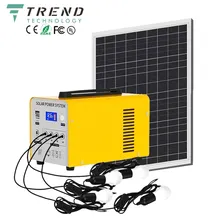


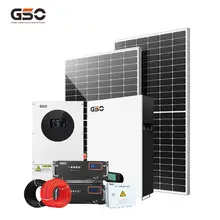


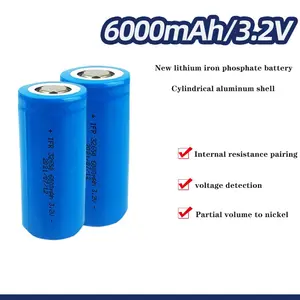
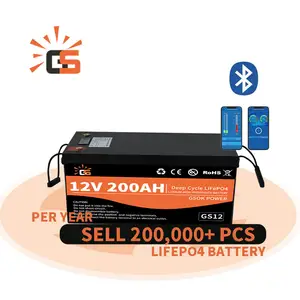

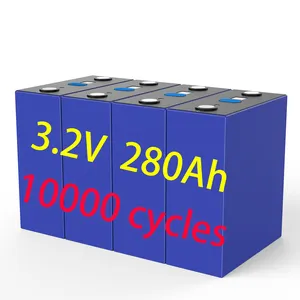
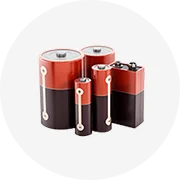
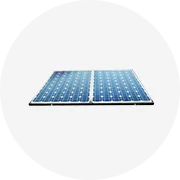
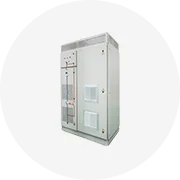
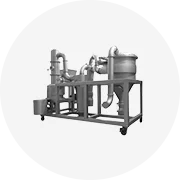

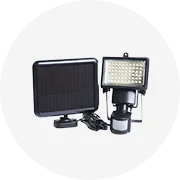
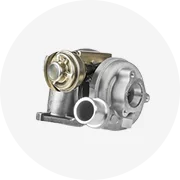









 浙公网安备 33010002000092号
浙公网安备 33010002000092号 浙B2-20120091-4
浙B2-20120091-4